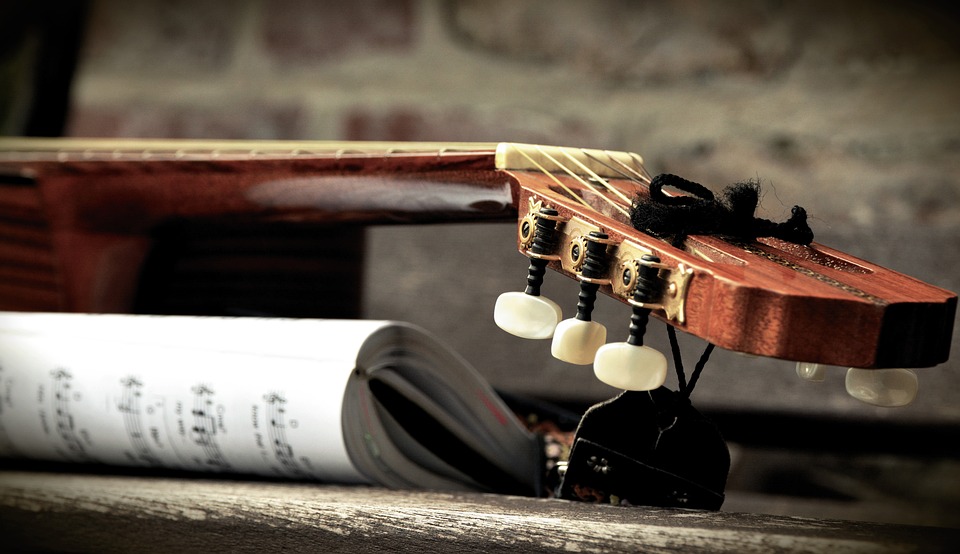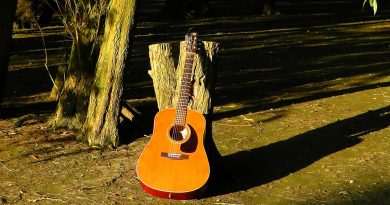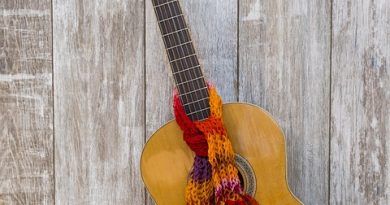Master the Classics: A Comprehensive Guide to Guitar Chords for Traditional Songs
Master the Classics: A Comprehensive Guide to Guitar Chords for Traditional Songs
As a guitarist, mastering classic chords for traditional songs is essential in expanding your repertoire and developing your skills. Whether you are a beginner or an experienced player, understanding the chords used in traditional music will not only enhance your playing but also allow you to appreciate the rich history and culture behind these timeless songs. In this comprehensive guide, we will delve into the fundamentals of guitar chords for traditional songs and provide you with tips and techniques to help you master the classics.
Understanding the Basics of Guitar Chords
Before diving into the world of traditional songs, it is important to grasp the basics of guitar chords. A chord is a combination of three or more notes played simultaneously, creating a harmonious sound. In traditional music, chords are often built using the root, third, and fifth notes of a particular scale, resulting in major and minor chords.
Major chords are characterized by their bright and uplifting sound, while minor chords convey a sense of melancholy and introspection. In addition to major and minor chords, there are also suspended chords, diminished chords, and augmented chords, each with its own unique sound and characteristics.
Common Chords Used in Traditional Songs
Traditional songs are known for their simple yet powerful chord progressions that evoke a sense of nostalgia and emotion. Some of the most common chords used in traditional music include:
1. G Major: This chord is a staple in traditional songs and is known for its bright and cheerful sound. To play a G major chord, place your second finger on the third fret of the low E string, your first finger on the second fret of the A string, and your third finger on the third fret of the high E string.
2. C Major: Another essential chord in traditional music, the C major chord has a mellow and soothing sound. To play a C major chord, place your first finger on the first fret of the B string, your second finger on the second fret of the D string, and your third finger on the third fret of the A string.
3. D Major: This chord is commonly used in traditional songs and has a bright and energetic sound. To play a D major chord, place your first finger on the second fret of the G string, your second finger on the second fret of the high E string, and your third finger on the third fret of the B string.
4. E Minor: A staple in traditional ballads and folk songs, the E minor chord has a somber and introspective sound. To play an E minor chord, place your second finger on the second fret of the A string and your third finger on the second fret of the D string.
Tips for Mastering Guitar Chords for Traditional Songs
Now that you have familiarized yourself with the basic chords used in traditional music, it is time to master them and incorporate them into your playing. Here are some tips to help you hone your skills and elevate your performance:
1. Practice regularly: Consistent practice is key to mastering guitar chords for traditional songs. Set aside dedicated time each day to work on your chord fingerings and transitions, focusing on precision and clarity in your playing.
2. Use a metronome: Practicing with a metronome will help you develop a strong sense of timing and rhythm, essential skills for playing traditional music. Start at a slow tempo and gradually increase the speed as you become more confident with the chords.
3. Experiment with different voicings: Don’t be afraid to explore alternative fingerings and voicings for traditional chords. Experimenting with different positions on the fretboard can help you discover new sounds and add depth to your playing.
4. Listen to recordings: Studying recordings of classic traditional songs will give you insight into how chords are used in context and help you develop a deeper understanding of the music. Pay attention to the chord progressions and how they interact with the melody and lyrics.
5. Play along with others: Jamming with fellow guitarists or musicians is a great way to practice chords for traditional songs in a live setting. Collaborating with others will challenge you to adapt to different playing styles and help you develop your improvisational skills.
In conclusion, mastering guitar chords for traditional songs is a rewarding journey that will enrich your playing and deepen your appreciation for the music of the past. By understanding the basics of chords, familiarizing yourself with common chord progressions, and honing your skills through practice and experimentation, you will be well on your way to mastering the classics. So pick up your guitar, immerse yourself in the timeless melodies of traditional music, and let your passion for playing guide you on this musical adventure.






